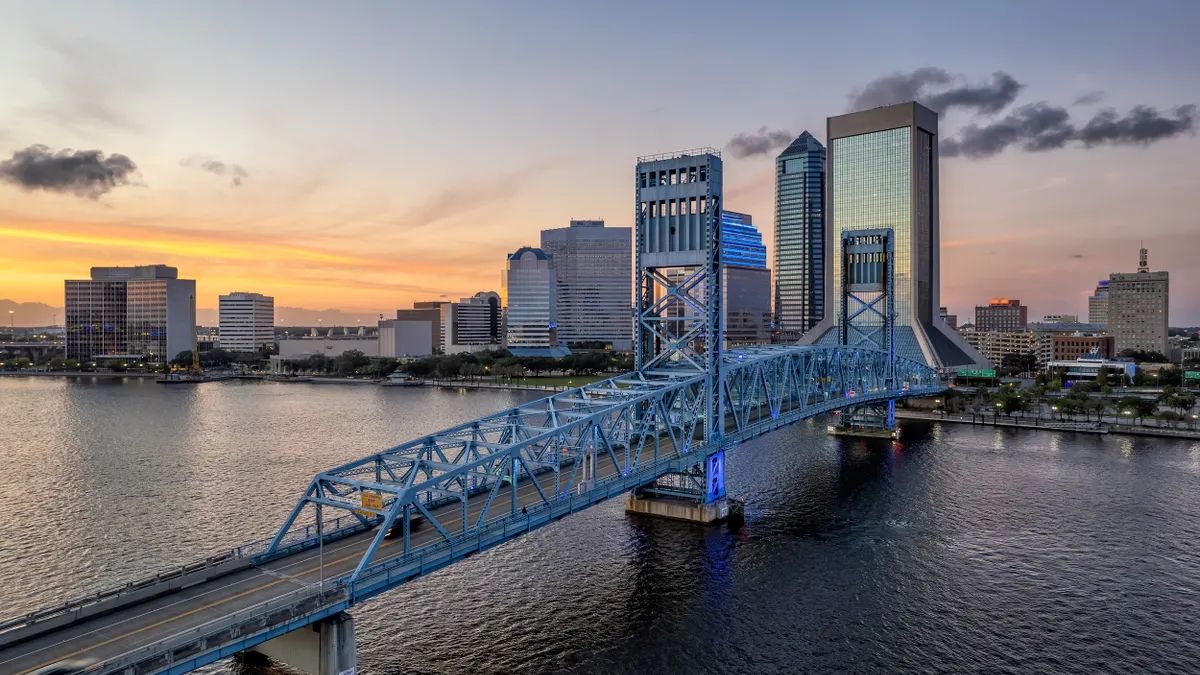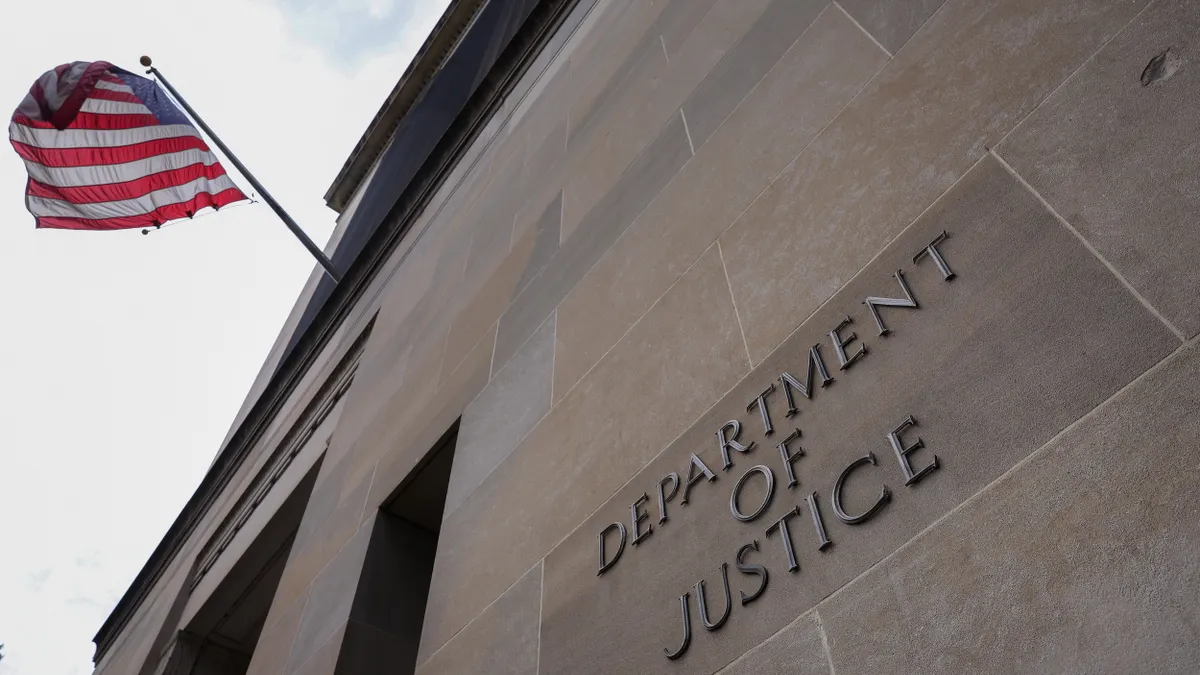Editor's Note: The following is a guest post from Seeta Hariharan, General Manager and Group Head at TCS Digital Software & Solutions Group.
Last November, an early winter storm brought life to a halt in the New York City area. More snow fell than expected, slicking roadways, felling trees, clogging bridges, and bringing chaos to the transportation system. It created one of the worst traffic jams in city history — lasting more than 10 hours.
The storm brought misery to thousands of people. Hundreds abandoned their vehicles on the George Washington Bridge, the main pathway between New York and New Jersey. Teachers were forced to spend the night at schools. Crowds waited for hours in frigid winds at an airport waiting for buses to Manhattan that never came.
It was an epic fail caused by faulty information and poor decision making.
Yet this mayhem could have been prevented or minimized if city leaders, as well as transportation, utility, police and other emergency response officials, had better data management systems at their fingertips that let them see the big picture. Smart city technologies exist that can calculate and display the cumulative impacts of such unexpected events. These new tools can even predict how their cascading effects could make citizens feel about their safety and security as they unfold.
However, even more important is a change in the mindset of the people in charge. All too often, government officials see their jobs in isolation from one another, and they focus on keeping within their budgets rather than taking a broader view and rethinking the way they operate.
They should take lessons from successful retailers who are relentlessly focusing on customer satisfaction over everything else — to see the world as their digitally savvy customers see it, and to strive to satisfy their every desire. Just as retailers have become more customer centric, city leaders must become intensely citizen-centric.
This focus on the citizen is one of the insights for government leaders contained in a special report published by Knowledge@Wharton, the think tank connected with the University of Pennsylvania’s Wharton School of Business. The report, "Smart Cities: A Toolkit for Leaders," urges city leaders to rethink their roles. They should see themselves not as managers of bureaucracies but as community builders who help foster trust, harmony and, indeed, happiness.
According to the report, smart cities are now in a third phase in which the city itself has become a platform for interacting, collaborating and co-creating with citizens. Success in this new phase means that urban leaders must redefine smart city goals to meet the intrinsic needs of citizens, their greatest stakeholders.
Mayors could start by redefining smart city goals so that citizens are at the center of every objective, instead of the usual urban domains such as utilities and transportation. To deliver the kinds of on-demand experiences today's wired citizens expect, they should foster collaboration between city departments as well as encourage citizens to engage directly in dialogues with urban leaders.
A model for this new approach is a former mayor of Barcelona, Spain, Jordi Hereu, who oversaw the city’s transformation into one of the world’s most digital cities and ushered in a new era of responsiveness to the needs of the people. His vision was to build a “Dancing Barcelona” where citizens and visitors alike were happy and felt safe. By harnessing digital technologies, he improved trash collection so the city looked and smelled better, improved public lighting so people felt safer, and set up a system for helping motorists find parking spaces quickly, reducing stress.
You may have heard about the tiny country of Bhutan, in the mountains north of India. The country has long maintained what it calls a Gross National Happiness Index. The phrase “gross national happiness” was coined by a King Jigme Singye Wangchuck, who declared in 1972 that “Gross National Happiness is more important than Gross Domestic Product.”
Since the king delivered that brilliant insight, organizations around the world have begun publishing similar indices. These indices help city leaders set priorities and measure progress. For instance, a wellbeing survey done in Connecticut showed that cities could improve the happiness of citizens in cost-effective ways by targeting a handful of quality-of-life indicators. Those include improving access to nutritious food for those most in need, strengthening transit systems and walkability, and deepening people’s relationships with government agencies.
These happiness indices are vital elements of any successful smart cities strategy, but to achieve citizen satisfaction, city leaders need to follow blueprints that put people at the center of their thinking and planning. As mayors think about the future of their cities, they should consider three strategies that might surprise you.
1. Form partnerships with local companies
Public-facing businesses in a city succeed or fail based on their ability to read the shifting expectations of citizens. By forming partnerships with business leaders, cities can use them as their eyes and ears to help gather relevant data about the needs of citizens. When it’s time to take action, they can provide critical support for policy shifts and initiatives.
For instance, in 2016 The Netherlands rolled out a national network for the internet of things (IoT) to connect countless urban sensors and city infrastructure to the internet. This encouraged innovation by local companies, which developed prototypes such as an application to monitor and control the country’s extensive drainage and flood control systems. This approach by a small country offers a blueprint for how cities everywhere can engage with local companies to meet the needs of residents.
Another case in point is Bristol, England. Rather than push its technology agenda onto residents, the Bristol City Council partnered with Knowle West Media Centre, a local nonprofit technology and arts organization, to let them air their concerns directly. Dampness in homes emerged as a significant problem. Through a collaborative partnership they designed a sensor in the shape of a frog that residents placed in their homes to measure dampness levels. This innovative approach empowered citizens to figure out which activities, such as cooking or showering, were causing the problem and take an active role in solving it.
2. Engage with labor unions
Organized labor remains strong in many U. S. cities, so it’s essential for city leaders to turn labor leaders from adversaries into allies. Given the rapid pace of automation in sectors like manufacturing, automotive and retail, the jobs of tomorrow will require very different skills than the jobs of today. Instead of fearing labor unions will feel threatened by new data- and tech-driven initiatives, mayors have a collective responsibility to ensure local schools, colleges and universities offer the right courses and programs to retrain the workforce for new roles. By forming public-private partnerships to help close the digital gap, mayors can proactively address the social disparities that exist in so many U.S. cities.
History offers a lesson in how public sector investments in human capital can lead to prosperity. According to a report by Harvard University, in the three decades following 1910, high school enrollment in the U.S. increased from 18% to 73%, while the graduation rate rose from 9% to 51%. During this timeframe, the United States far surpassed other industrial economies in level of education and income.
3. Ensure smart cities have smart regulations
Every city has thick binders of regulations designed to promote health and safety, and to avoid uncontrolled building and development. But, all too often, regulations that made sense decades earlier remain on the books even though they have become outdated. City leaders should review their regulations with smart city transformations in mind. Change rules that slow progress needlessly. And, when they’re writing new regulations, consider their potential impact on the ability of the city, its businesses and its citizens to innovate freely.
Unfortunately, too many government leaders dismiss smart city initiatives as being too complex or expensive — pie-in-the-sky futuristic visions that are years off. Yet through my interactions with city leaders around the world, I’m convinced that there are a host of practical, affordable and doable steps that can be taken today.
The critical first step is reimagining the role of city leaders. They should see themselves first and foremost as stewards of citizen satisfaction. Once they change their mindset and act accordingly, our cities will be on paths toward improved wellbeing, happiness, and economic vitality.
And perhaps we’ll avoid 10-hour traffic jams like the one New York suffered last year.



















